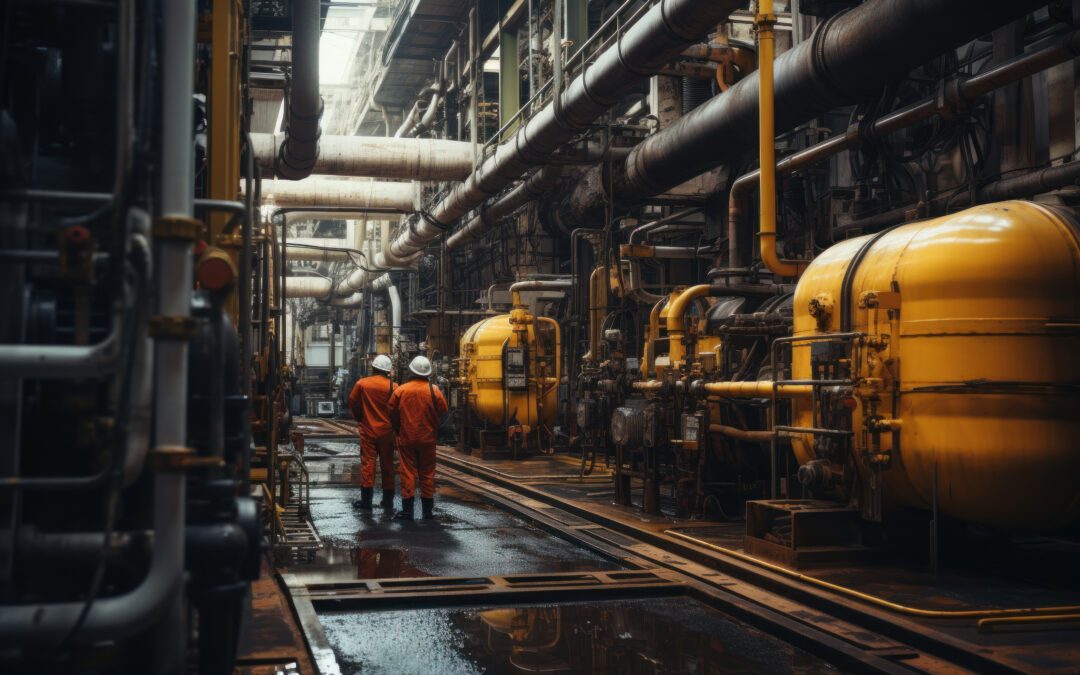At Southern Industrial Linings, we believe that in today’s industrial world, protecting tanks, containment systems, and critical infrastructure requires coatings that deliver speed, strength, and long-term performance. That’s why polyurea lining has become one of the fastest-growing solutions in the industrial coatings market. Known for its rapid cure time, seamless application, and exceptional resistance to chemicals and abrasion, polyurea tank linings are transforming how companies approach secondary containment, corrosion prevention, and asset protection. Below, we answer the most common questions about polyurea and explain why it’s quickly becoming the go-to choice for industries that demand reliability and minimal downtime.
Q: What makes polyurea lining so popular now?
A: Polyurea’s rapid cure, seamless application, chemical/abrasion resistance, and flexibility make it a go-to choice in modern industrial coatings. As infrastructure ages and demands on equipment rise, many owners prefer coatings that maximize uptime and durability.
Q: How fast does polyurea cure?
A: Many formulations cure in seconds to minutes, allowing accelerated return to service. ultimatelinings.com+1
Q: What industries are adopting polyurea the most?
A: It’s widely used in water/wastewater, chemical storage, oil & gas, containment systems, infrastructure waterproofing, and industrial flooring. DataM Intelligence+2The Brainy Insights+2
Q: How does polyurea compare to traditional coatings (e.g. epoxy, vinyl ester)?
A: Polyurea offers advantages like faster cure, higher flexibility, stronger adhesion, better abrasion/chemical resistance, and seamless coverage over complex geometries.
Q: Are there limitations or considerations when using polyurea?
A: Yes — surface preparation must be excellent, application technique critical, environmental conditions (temperature, humidity) matter, and cost per square foot can be higher (though lifecycle cost often justifies it).
Q: What innovations or trends are emerging in polyurea?
A: Formulations with lower VOCs, better UV resistance, hybrid systems combining strengths, improved spray equipment, and greater adoption in containment systems are all gaining attention. Market projections suggest continued growth into the billions. Precedence Research+2The Brainy Insights+2
Q: How do you choose the right polyurea system for your project?
A: Evaluate chemical exposures, mechanical stresses, substrate type, cure constraints, regulatory needs (e.g. potable water), and application logistics. Work with reputable contractors who validate thickness, adhesion, and quality control.
Conclusion
Polyurea is not just a trendy coating — it’s an industrial-grade solution that’s seeing strong market demand and real-world performance. If you want to stay ahead in asset protection, tank lining, or containment systems, it’s worth a deep look. Contact Southern Industrial Linings to explore how polyurea for Primary Containment and Secondary Containment can preserve your infrastructure with minimal disruption.


